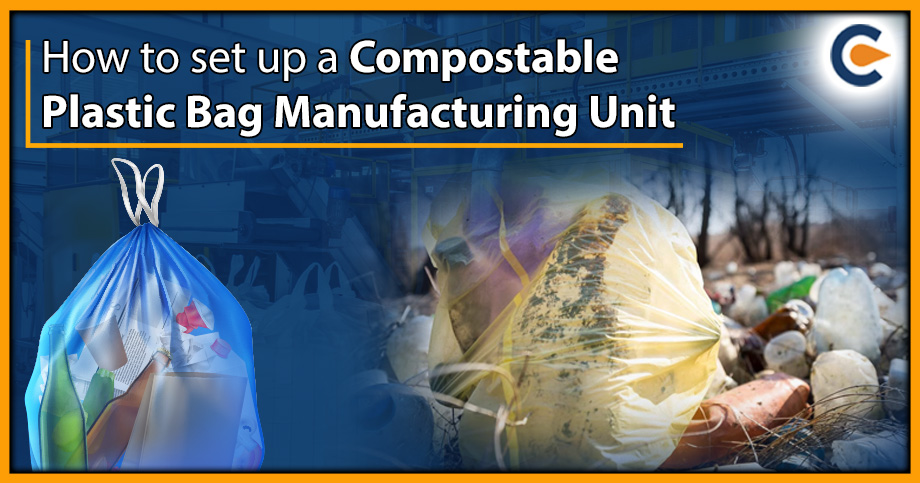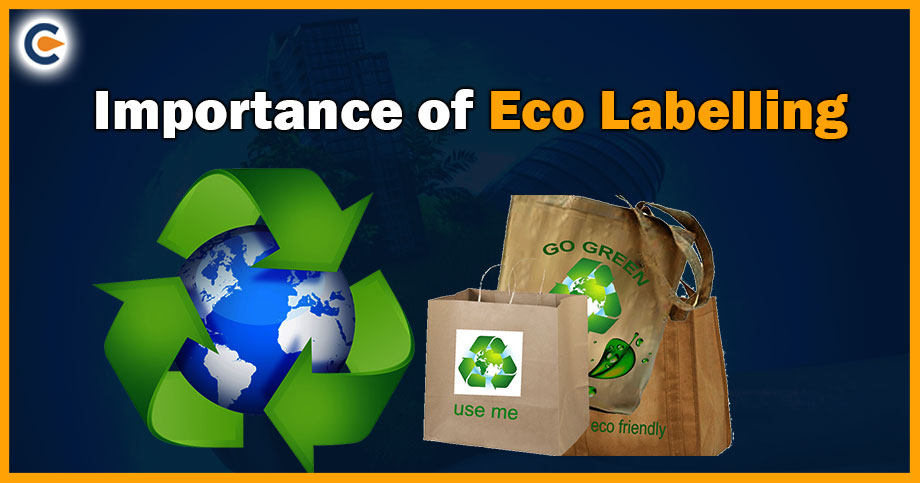Compostable plastic bags may look similar to petroleum-made plastic bags. These bags have to undergo strict testing to ensure that they can be a breakdown within a specific time frame and do not release anything harmful to the environment. Polylactic acid[1] (PLA) is the most well-known compostable plastic, but 20 more groups of compostable plastics are available. Among that, only three types are produced commercially they are:
- Starch Blends
The starch-based Compostable plastics are derived from renewable sources like corn, potato, cellulose, tapioca starches, soy protein, and lactic acid. They are often called bio-based plastic. They are non-toxic and decompose back into the water, carbon dioxide, and biomass when appropriately composted.
The manufacturing of starch-based compostable plastics begins with the starch being broken down to make it suitable for the thermoplastic process.
- Polylactic Acid (PLA)
PLA ( Polylactic acid) is a potential and popular polymer material. It is also called Polylactide and can be produced by the fermentation of renewable sources such as Corn, Cassava, Potato, and Sugarcane. The PLA formed from starch, or sugar cannot be used as plastics. Hence, the raw PLA is compounded by mixing it with other substances or by co-polymerisation or blended with other plastics to enhance its properties.
PLA-based plastics are also another popular category, mainly due to the low cost of the products.
- Polybutylene Polymers
Polybutylene polymers can be categorised into two categories they are
- Polybutylene Succinate (PBS)
- Polybutylene Adipate Terephthalate (PBAT).
Both are fossil fuel-based.
Manufacturing Process of Compostable Plastic Bags
To make compostable plastic bags, we first need raw materials like starch, PLA and polybutylene polymers. A polymer becomes plastic only when they are correctly adapted to the specific compounding application. Compounding means preparing for use, describing raw plastics’ processes, and blending with certain additives to optimise their properties.
Machinery/Equipment
- Extrusion Machine
The PLA (Polylactic acid) blends are loaded into the hopper of the plastic extrusion machine. In the extruder, the PLA blends are heated to a particular temperature and then diversified. When the plastic within the container is heated, it melts, and it can be extruded and then blown up with the help of a circular die to give an inflated plastic sheet. The ending step in the manufacturing process is to send the inflated sheet through a section of nip rollers to make the film flat. Then the large coil of the plastic film enters the converting department, where the film roll is fed into an unwinder and converted to compostable Plastic bags.
- Printing Machine
In this process, a logo, company name or any other specification as per the customer’s requirements is printed. This process plays a significant role in the compostable plastic manufacturing unit.
- Sealing and Cutting Machine
After the printing process, the bag is cut into the correct dimensions with hot knives that simultaneously seal the ends of the bags together.
Location
To start a compostable plastic manufacturing unit, an area of almost 2,000 – 3,000 square feet would be required to set up a manufacturing plant. This space would be required for raw materials storage, production, packaging, storage of finished goods, and administrative work.
Power Requirement
The compostable Plastic bag manufacturing unit may require approximately AC 30-40 KW power supply.
Manpower Requirements
The total workforce required to operate the manufacturing unit can be about 12 -15 persons.
Cost
The cost of setting up the compostable plastic bags manufacturing unit may involve the machinery/equipment cost, labour cost, the cost of the land if it is a rental or lease, maintenance cost, electricity and water bill and other miscellaneous costs.
It may cost approximately 60 Lakhs to set up the small-scale compostable plastic bag manufacturing unit.
Marketing
Marketing is one of the essential criteria that need to be concerned, tie up with the local shops, grocery stores, supermarkets or any textile shops to sell their product can give a consistent profit margin.
Licences and Documents Required for Setting up A Manufacturing Unit
License
- GST Registration
- CPCB Registration For Compostable Plastic Manufacturing
- UDYOG Aadhar Registration
- Pollution NOC from concerned SPCB
- Factory Licence
- Fire NOC
Documents Required For EPR Registration for Manufacturers
- PAN, GST, CIN
- IEC (for the importer of the company)
- Aadhar/ PAN of the authorised person
- DIC registration (If the unit is registered with DIC)
- Process flow diagrams (for producers & PWPs only)
- Scanned copy of the signature of authorised person
- Copy of DGFT license /permission
- EPR plan with complete details
- Certificate of incorporation of Private Limited / Public limited.
- Covering letter
Documents Required For CPCB Certification of Compostable Plastic Manufacturer
- PAN & GST of the Company
- Aadhar of Authorised person
- Process flow diagram
- Consents under Air / Water Act issued by SPCB/ PCC
- Registration Certificate for production of Biodegradable carry bags or commodities or both issued by concerned SPCB/PCC.
- Pictures of raw materials storage area, production area and product dispatch areas
- Pictures of plant machinery
- Copy of Electricity Bill
- Copy of document giving details of pollution control measures.
- Documents supporting the procurement of raw materials.
Certificate Required For the Seller of Compostable Plastic Bag Manufacturer
- PAN & GST of the Company
- Aadhar of Authorised person
- Copy of Registration issued by concerned SPCB/PCC to the certified CPCB manufacturer.
- Copy of certificate issued by CPCB to the concerned manufactures.
- Authorisation letter was issued to the seller from the concerned manufacturer.
- Test reports as per Indian Standards IS/ISO 17899: 2022.
- IEC code (in case of import of biodegradable carry bag/commodities).
Advantages of Setting up Compostable Plastic Bag Manufacturing Unit
- Manufacturing Compostable plastic reduces the burden of environmental stress.
- Compostable plastic manufacturing is a vast business, having the market in packaging, textile, and consumer goods industries.
- Government and NGOs support in marketing the usage of compostable plastic allows the manufacturers to use it in their business.
- A one-time investment in machinery/equipment with minimal maintenance can provide a considerable profit.
- The rising concern about environmental problems and people’s awareness about the use of compostable plastic has increased the demand for compostable plastic bag manufacturing units.
- Government initiatives like plastic markets and start-up India programs give ground for the start-up to consider the compostable plastic businesses.
Conclusion
The Indian government has recently announced a ban on single-use plastics effects from July 1, 2022. Hence this has created enormous opportunities for entrepreneurs to capture the massive market. Several restaurant chains, textile shops and other small businesses have already adopted compostable plastic bags. Hence, investing in this business is a lucrative option for anyone without expertise in the field. Moreover, such businesses help reduce the environmental stress caused by petroleum-based plastic.
Read Our Article: CPCB Certificate For Compostable Plastic Manufacturers











